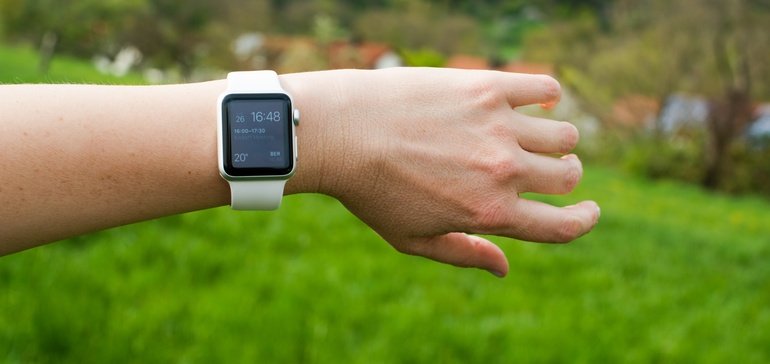
Dive Brief:
- Final results from the landmark Apple Heart Study, which studied if a heart-rate pulse sensor can be used to identify atrial fibrillation, were published by Stanford University researchers in the New England Journal of Medicine on Wednesday.
- The Apple-funded study that began with roughly 419,000 volunteers found a low likelihood of getting an irregular pulse notification. While researchers touted an apparent low incidence of false positives, many who didn’t receive a notification were subsequently diagnosed with AFib.
- Despite several limitations to the study, the Apple Heart Study results will help inform future large-scale research using wearable technologies, researchers said. On Thursday, Apple also launched its new research app, which is now enrolling participants for three new efforts: the Apple Women’s Health Study, the Apple Heart and Movement Study and the Apple Hearing Study.
Dive Insight:
The Apple Heart Study shows the promise of app-based health studies, but the development of ways to increase engagement and the accuracy of self-reported data is critical moving forward, said Mintu Turakhia, one principal investigator of the Apple Heart Study.
“These important findings lay the foundation for further research into the use of emerging wearable technologies in clinical practice and demonstrate the unique potential of large-scale app-based studies,” Turakhia, a cardiac electrophysiologist and executive director of Stanford’s Center for Digital Health, said in a statement.
Participants in the eight-month digital study wore an Apple Watch that monitored for irregular heart rhythms.
If an irregular pulse was detected, a telemedicine visit was prompted, followed by receipt of an EKG patch. All participants were asked to fill out an end-of-study survey.
Of the original participants, 2,161, or 0.52%, received a notification they had an irregular pulse. Notably, 1,711 of the people getting a notification were excluded from the study for various reasons, with 1,216 failing to initiate even the first telemedicine visit.
But of the 1,376 that returned a 90-day survey, 1,041, or 76%, said they contacted the study visit doctor or provider outside the study.
While researchers touted the low incidence of notifications sent to the study population — an indication of low false positives — a number of participants who didn’t receive a notification were diagnosed with AFib.
Of the 929 people that completed the end-of-survey study who got an irregular heart-rate notification, 404 received a new diagnosis of AFib. But of the 293,015 in the study who did not receive a notification and completed the end-of-study survey, 3,070 said they had since received a new diagnosis of AFib.
Researchers wrote the Apple Heart Study has “several limitations,” but noted it was not designed “to assess the algorithm as a screening tool or to measure sensitivity, specificity, or false positive results.”
“Participants did not initiate contact with the study provider after notification and fewer returned ECG patches (450 of 2161 notified) than anticipated,” the study states. “As a result, the targeted statistical precision for estimating the yield of atrial fibrillation on patch monitoring, which was one of our primary end points, was not met.”
The irregular heart-rate algorithm was meant to minimize false positive results, according to the study, a concern expressed by cardiologists prior to the release of the initial results in March.
The Apple Heart Study did not use newer Apple Watch’s electrocardiogram function, instead relying on a light signal function.
“Since rhythm-detection technologies are rapidly evolving, additional studies using features such as wearable ECG monitoring devices will need to be performed as the technology becomes available,” the study states.
